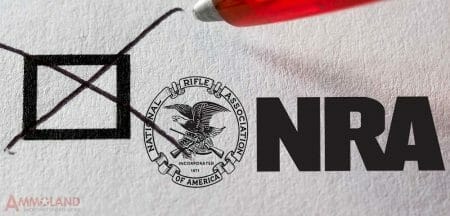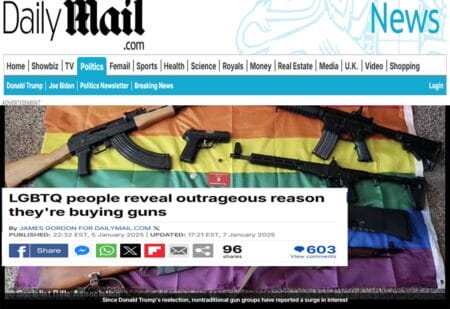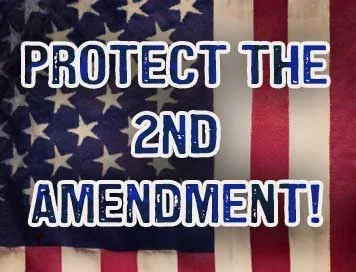By Jeff Knox
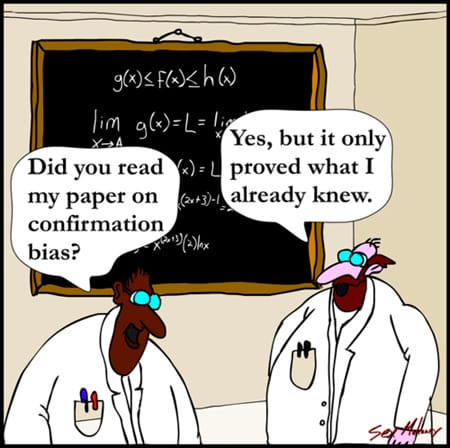
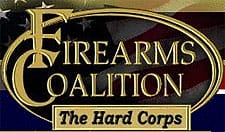
Buckeye, AZ –-(Ammoland.com)- I recently reported that the Dart Center for Journalism and Trauma, a project of the prestigious Columbia School of Journalism, is hosting a workshop for reporters in Arizona, supposedly intended to help them more effectively report on guns and “gun violence.”
The conference raised red flags for gun owners by including inflammatory, misleading factoids about the toll of gun violence in our society while neglecting any mention of the benefits. A closer read revealed that funding for the workshop was generously provided by Mike Bloomberg’s Everytown for Gun Safety – a gun control advocacy project. Dart’s director, Bruce Shapiro assured me that, though Bloomberg and Everytown were underwriting the event, they were not participating in selection of participants, curriculum, or presenters.
But when I pointed out the blatant anti-rights bias displayed in the Dart announcement, and asked him if prominent pro-rights and firearms experts were going to be included as presenters, he quit responding to my emails.
As I doubt that Dart is going to invite me, or any other gun-knowledgeable, pro-rights critic of media to participate in the program, here’s the one point that I think is most important for every journalist – and consumers of media – to know about reporting on gun issues:
You are being lied to. Moreover, unless you set aside your own biases, you will believe and perpetuate the lies.
“Confirmation bias” is a term used by psychologists to describe the natural tendency of humans to embrace evidence that supports our own beliefs, while dismissing or questioning evidence that does not support our beliefs. Confirmation bias affects all of us, and it’s good to be aware of it so we can avoid being sucked into bad conclusions and make better decisions.
For journalists, confirmation bias is an ever-present challenge. They should be taught about it in journalism school, and have its dangers reinforced on a regular basis throughout their careers. Setting aside personal bias is not easy, and doing so completely is probably not even possible, but with conscious effort, a journalist can set their biases aside enough to present information in a more fair and equitable way.
This is not just about guns. We all have biases and beliefs that skew our perception, and reporters need to be particularly aware of their own biases so they can actively work to keep them from corrupting their reporting.
When it comes to reporting about guns, reporters are terrible at setting aside their biases. The most obvious evidence is the way they routinely repeat talking points and factoids from the gun control lobby, but cast aspersions and doubts at information coming from anyone deemed to be on the side of gun rights.
If Professor John Lott ( www.crimepreventionresearchcenter.org ), who is closely associated with the pro-gun side, releases an in-depth, peer reviewed study showing declines in crime in areas where concealed carry restrictions are liberalized, it is widely ignored by the media, and what coverage it receives is met with skepticism and “balance” from anti-gun experts who challenge Lott’s methodology and conclusions. On the other hand, if Dr. David Hemenway, who is closely associated with anti-gun forces, produces research showing that areas of the country with more guns have a higher rate of gun deaths – presenting that as evidence that the presence of the guns cause more deaths, while ignoring higher overall murder rates in neighboring areas with fewer guns – Hemenway’s conclusions are presented by reporters as unquestioned fact, and are generally “balanced” with comments from the same anti-gun “experts” that disparage Lott’s studies.

The fact is, both sides of the gun issue manipulate numbers to make their argument look stronger. They cherry-pick data, time-frames, and comparisons to inflate the impact of their reports. This is common in all “advocacy research.” Researchers themselves often succumb to confirmation bias, or worse, intentionally look for and contort data to fit their chosen conclusion. All “studies” and “research” on any contentious issue should be examined with skepticism, looking for the ways the authors could be, and probably are, skewing the data. The distortions can range from slight exaggerations to intentionally false and misleading conclusions.
It is the reporter’s job to report, not to advocate. It is also a reporter’s job to question and challenge. Reporters don’t need to be subject matter experts on everything they write about, but they have an obligation to verify that what they are reporting is accurate, and that contentious issues are presented in a balanced manner.
Whether the bias comes in the form of a newspaper in the late 1950s having a standing policy to never publish a photo of an African American male unless he was in handcuffs – as my late father ran into as a young reporter in West Texas – or it is a broad inclination of reporters and editors to seek out refutation of pro-gun stories and reinforcement for anti-gun stories, the results are just as corrupt. The public is left with a distorted perception of the situation, and those distorted perceptions affect the way people believe, act, and vote.
I know something about the gun issue. I know that what I read in the paper, see on television, and read on the web from the “authorized journalists” is factually incorrect, incomplete in terms of what is not covered, and technically naive. The quality of reporting on guns leads anyone with knowledge of guns to doubt the quality of reporting on any other complex issue.
If the Dart Center and Columbia School of Journalism truly want to improve the way reporters cover guns and gun violence, and in so doing restore some of the credibility of the press lost over the years, they must confront the bias, not reinforce it by regurgitating Bloomberg propaganda.
About:
The Firearms Coalition is a loose-knit coalition of individual Second Amendment activists, clubs and civil rights organizations. Founded by Neal Knox in 1984, the organization provides support to grassroots activists in the form of education, analysis of current issues, and with a historical perspective of the gun rights movement. The Firearms Coalition is a project of Neal Knox Associates, Manassas, VA. Visit: www.FirearmsCoalition.org


